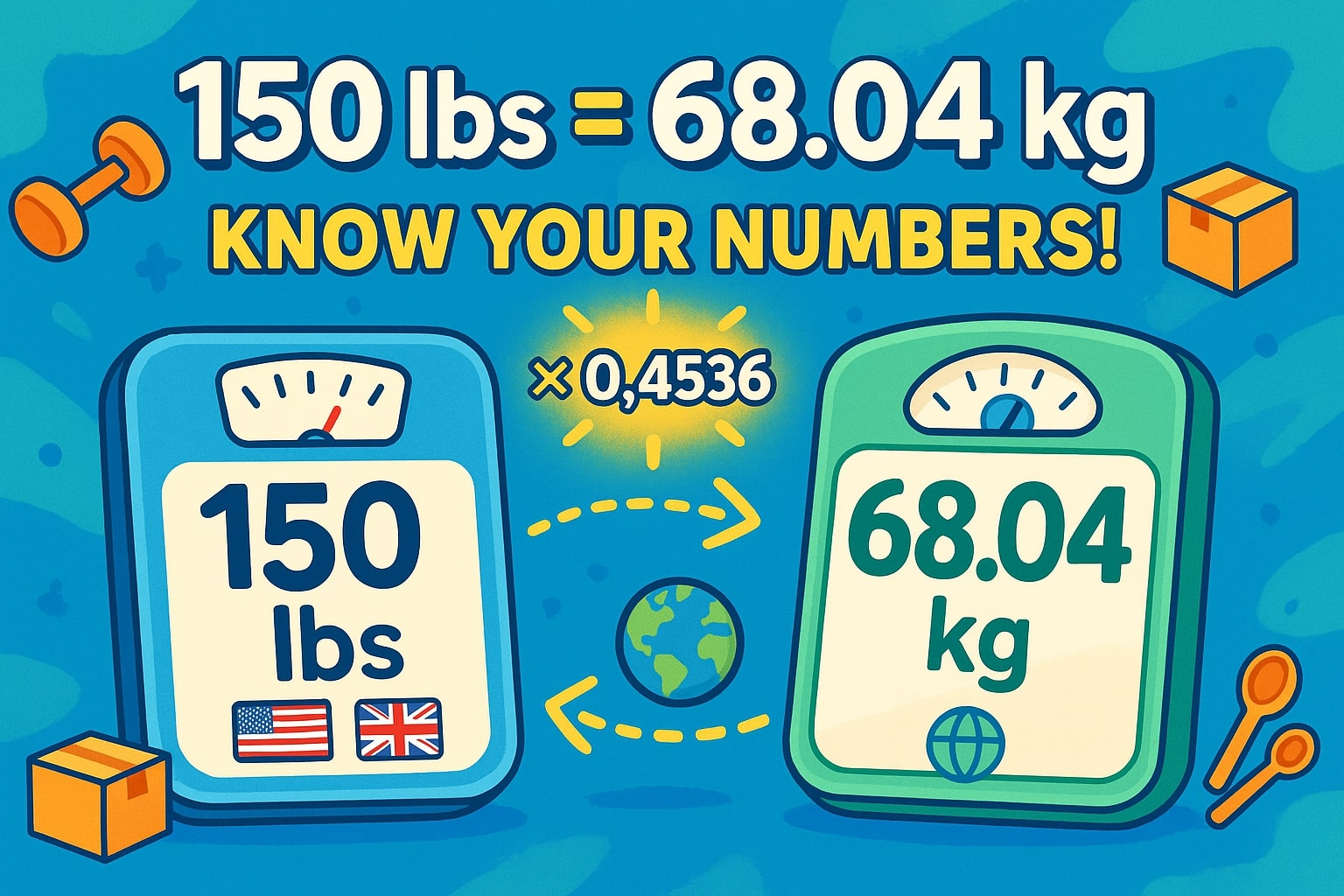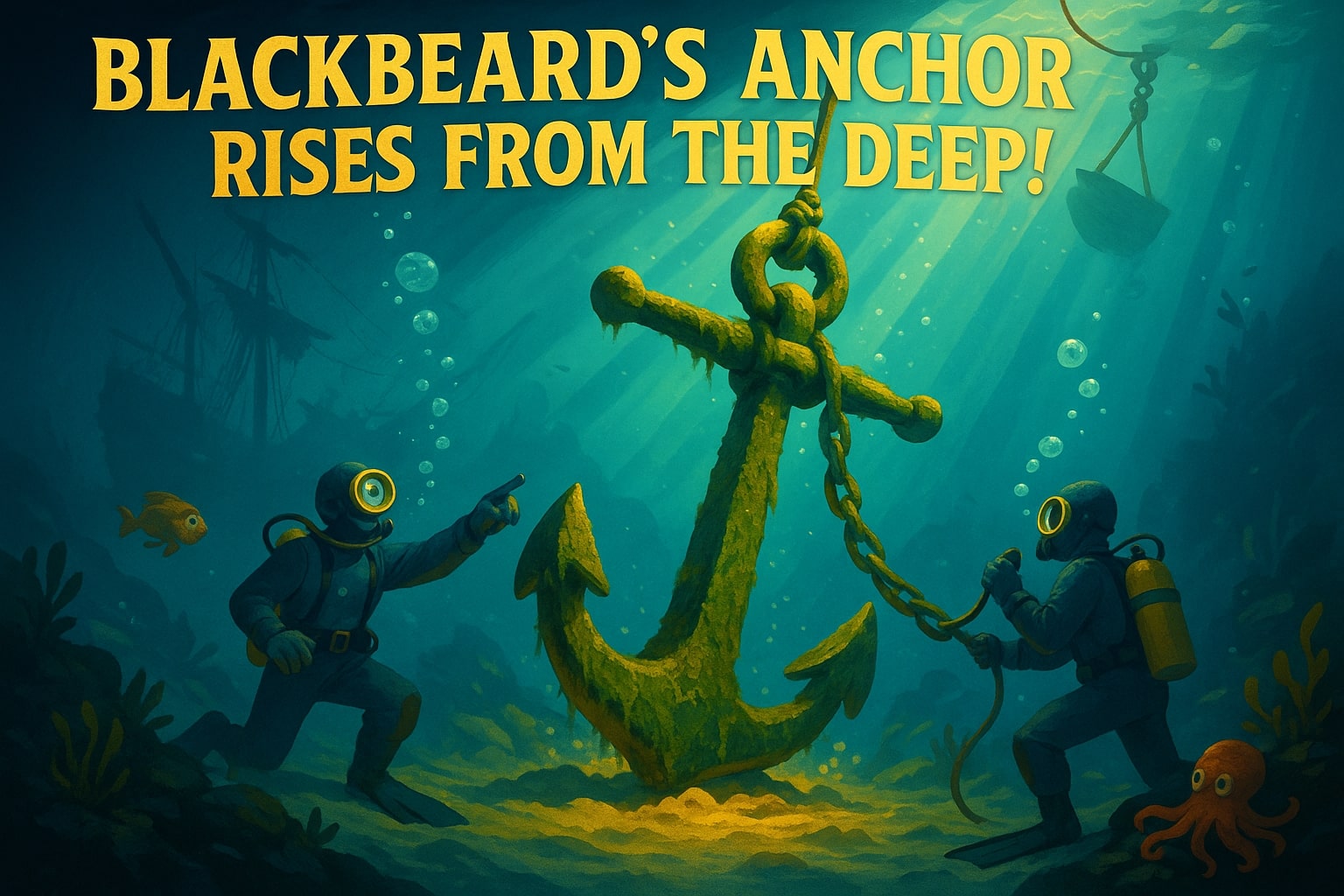Now that you know how to convert lbs to kg, you can apply this knowledge to fitness goals, recipe adjustments, or heavy-lift calculations. For more versatile unit switching—across weight, length, volume, and beyond—check out our comprehensive Conversion tool and make every measurement effortless!
Convert Pounds to Kilograms
Whether you're tracking your weight, measuring food ingredients, or dealing with shipping weights, knowing how to convert lbs to kg is essential. Since different countries use different weight systems, understanding the relationship between pounds and kilograms can help you navigate measurements more easily. For quick, precise results—whether you’re at home or on the go—give our interactive Weight Converter a try!

Pounds and Kilograms - What’s the Difference?
The pound (lbs) is a unit of weight commonly used in the United States and the United Kingdom. It is part of the imperial system, and many industries—such as fitness, sports, and aviation—still rely on it today.
The kilogram (kg), on the other hand, is the base unit of mass in the International System of Units (SI) and is used worldwide in science, medicine, and trade. Since 1 pound is equal to approximately 0.4536 kilograms, converting between the two is a simple process.
To convert pounds to kilograms, use this formula:
Kilograms (kg) = Pounds (lbs) × 0.4536
For example, if you need to convert 150 lbs to kg, multiply:
150 × 0.4536 = 68.04 kg
Did You Know?
-
The average human body weight worldwide is around 62 kg (136 lbs), but it varies by region.
-
A bowling ball typically weighs between 12 and 16 lbs, which is about 5.4 to 7.2 kg.
-
The heaviest sumo wrestler ever recorded weighed 287 kg (633 lbs)!
-
The largest pumpkin ever grown weighed 1,226 kg (2,703 lbs)—heavier than a small car!
-
NASA uses both pounds and kilograms in spacecraft design, requiring precise conversions to ensure accuracy in calculations.
The Mystery of the 1,400-Pound (635 kg) Ship Anchor
In 2011, a group of divers off the coast of North Carolina made an incredible discovery—a 1,400-pound (635 kg) anchor buried beneath the ocean floor. Historians believe this anchor belonged to the infamous pirate ship Queen Anne's Revenge, commanded by the legendary pirate Blackbeard in the early 1700s.
The ship, once feared for its raids along the Atlantic coast, was said to have sunk in 1718 near Beaufort, North Carolina. Over the centuries, artifacts from the wreck have surfaced, but the massive anchor was one of the most remarkable finds. Measuring over 11 feet long, it took a team of specialists to carefully lift it from the seabed.
This discovery provided historians with new insights into the ship's construction and pirate life in the 18th century. Today, the anchor is displayed at a maritime museum, allowing visitors to witness a piece of history firsthand.


